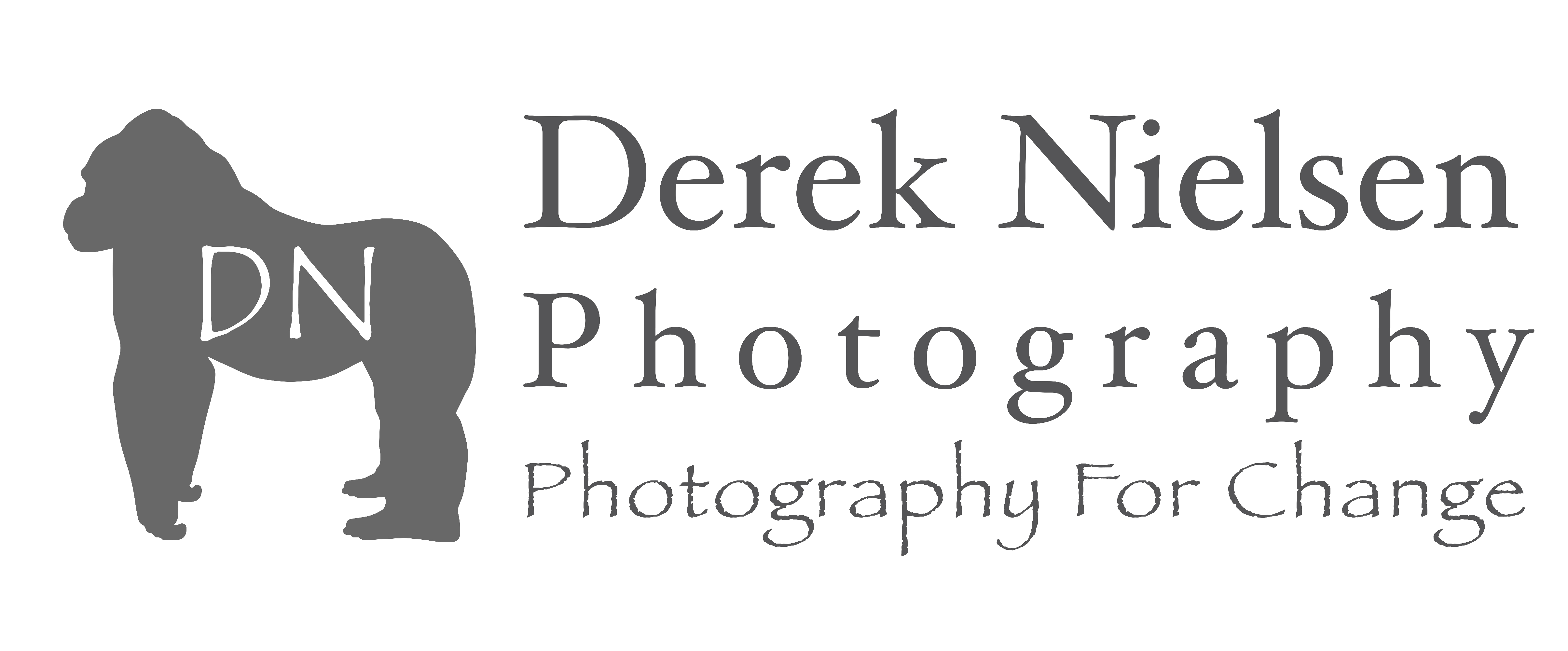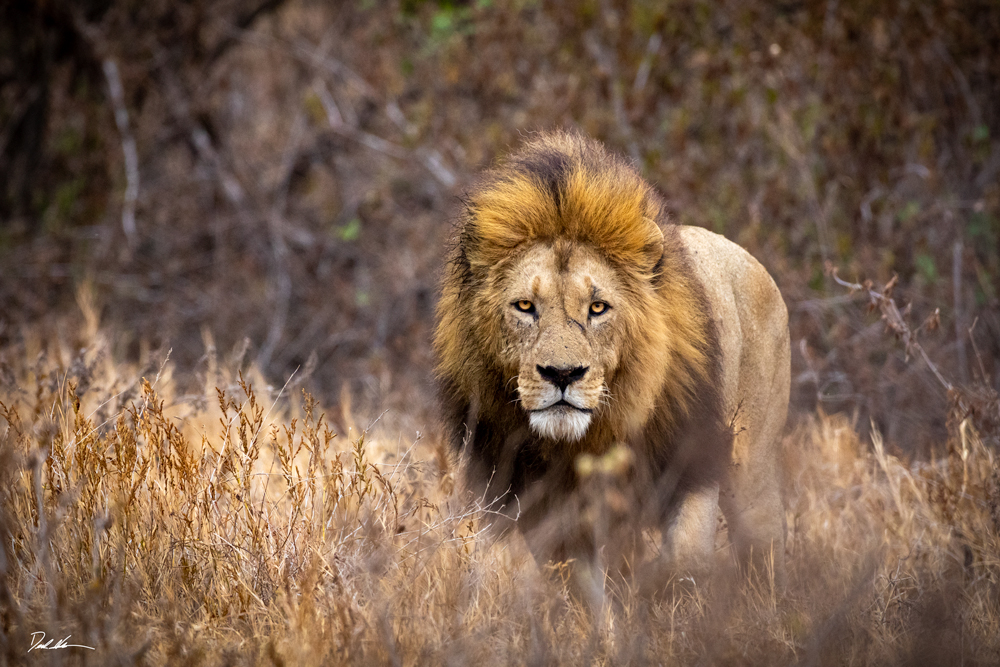
Lion Photography – How To Take National Geographic Quality Images On Safari
Lion photography has a particular way of capturing an audience. Something about their power and majesty pulls people in. These apex predators have roamed the globe’s far reaches for millennia and are only getting better and better at perfecting their skills. As a result, they can be challenging to find and even harder to get magazine-quality images to bring home from your wildlife safari. These important lion photography tips will help you make the best of your safari.
Study Lion Behavior Before You Go
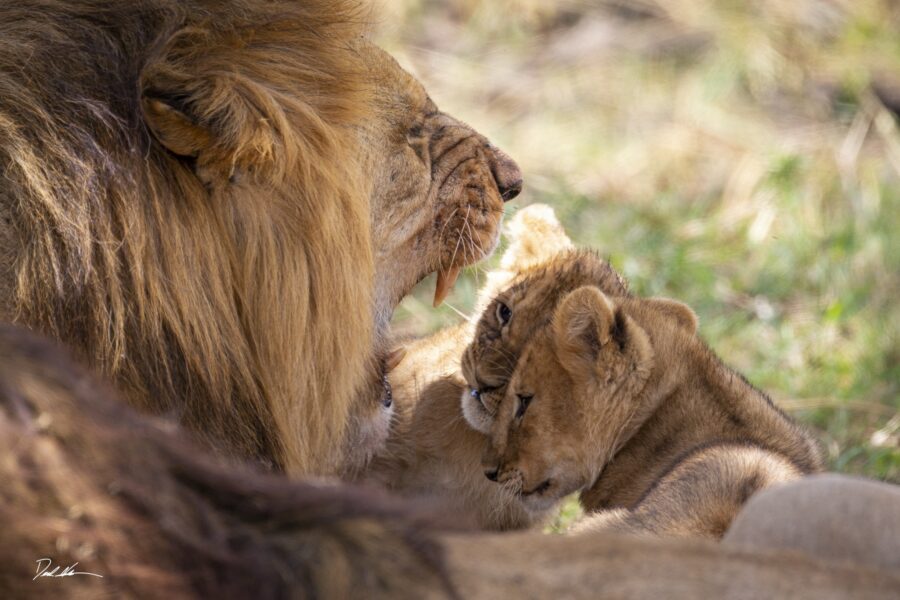
Open edition wildlife photographic print – Derek Nielsen Photography
As with any wild animal I photograph, I take a deep dive into their behaviors before I arrive on location to photograph them. Studying helps me understand what I can expect while in the wild with them. Try to understand feeding, social, and mating behaviors. A more profound knowledge of each will help you capture the iconic photograph you are looking for.
For instance, coming across a lion kill will provide you with several opportunities to get great shots, but not many people will want to hang a bloody-faced lion on their wall. Some might. Watch and observe who receives the right to eat and when. Focus on the members of the group not eating. Their body language and awareness of the group dynamic. Feeding can be violent, with more mature lions claiming their right to the feast. Set your shutter speed high and wait for the action.
Big cats are one of my favorite wild animals to photograph. They are much like our famous pet house cats but with a much bigger roar. Grooming is a huge part of socialization for lions. This is a perfect time to capture animal affection. Affection is something that hits close to home for the audience. Affection is part of our universal language.
A mating pair of lions will stay together for days, perfecting their craft, maximizing the potential for the female to become pregnant. They spend all day mating and sleeping. In light of this, there will be several passion-filled moments when he is biting her, or she is scolding him. Both scenarios make for dramatic images.
Learn How To Look For Signs Of Lions
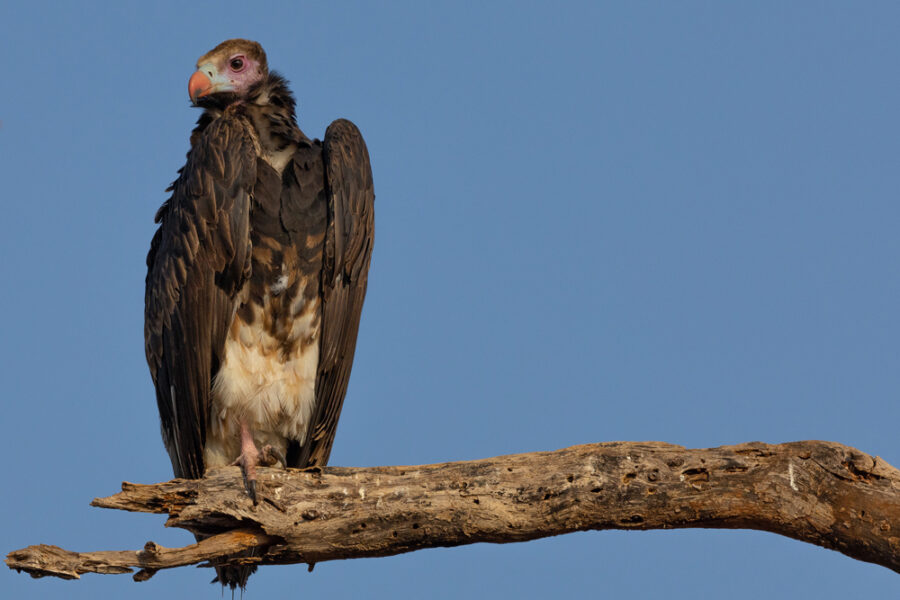
An overwhelming majority of people who go on safari do so with a guide. Alternatively, some parks let you drive yourself, but I do not recommend it. These guides are highly trained to understand what to look for when searching for animals. Many of them have grown up in the bush. As a result, spotting wildlife is second nature to them. However, this does not mean you shouldn’t learn.
For most safaris, your guide is your driver, medic, translator, wildlife spotter, and picnic specialist. They cannot be everywhere at all times. Understanding what to look for when searching for animals makes it more engaging for you and improves your chances of seeing something memorable. In fact, because most jeeps are open up top, you have a much better view than your driver to spot wildlife.
One of the most prominent telltale signs of a lion pride or at least a fresh kill is the gathering number of vultures. If you pay attention to the sky or the distant forest, see if you spot large numbers of scavengers coming in. They know that an easy meal will eventually be available, and there is a good chance you will come across a pride feeding.
Look along the edges of riverbanks or around watering holes in the morning. Alternatively, look under big shady trees or inside the thick brush as the sun gets hot. Lions conserve energy during the hottest part of the day with a long nap. Look for color changes inside the bush or changes in patterns.
Rely on your other senses to help you. Wild lions, particularly on a kill, do not smell wonderful. Listen to your nose if you pick up the scent of rotting flesh. Some of my best photographs of lions came from my nose, picking them up long before I saw them. Listen to the other animals for distress calls. In the bush, there is an alarm network amongst the animals to let each other know if a predator is present.
Getting Eye Contact For Lion Photography With The Camera Is Powerful

Ngoro Stare – Limited Edition Fine Art Print Of 6 – Derek Nielsen Photography
Getting the eye razor sharp in wildlife photography portraits is crucial. Having a lion make eye contact with your camera is explosive. You obviously can’t predict when a lion will look at your lens, but you have to be ready when they do. On safari, you are usually something interesting to look at for the animals. That being said, they will definitely check you out from time to time. Thankfully, new camera technology makes getting the eye in focus exceptionally easy. When the action starts, I have my finger on the shutter button at all times. The autofocus works hard to understand the scene, and because the cameras are so advanced now, it keeps the lion’s eye in perfect focus.
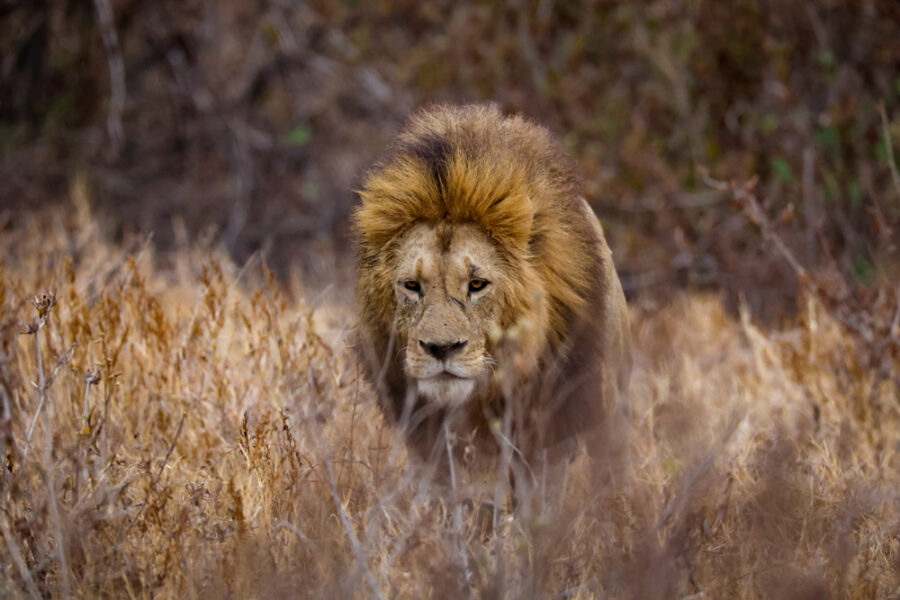
Check out the impact between the two images above. One with the lion looking right at the camera and the other with it looking down and away. Both are lovely images of a lion, but the first one has much more power. I will address this further inside the article, but never shout, call, whistle, snap your fingers, clap your hand, or do anything to make the lion look your way. It is unethical, and you are also putting yourself and the lion in danger.
Know Your Camera Settings For Lion Photography
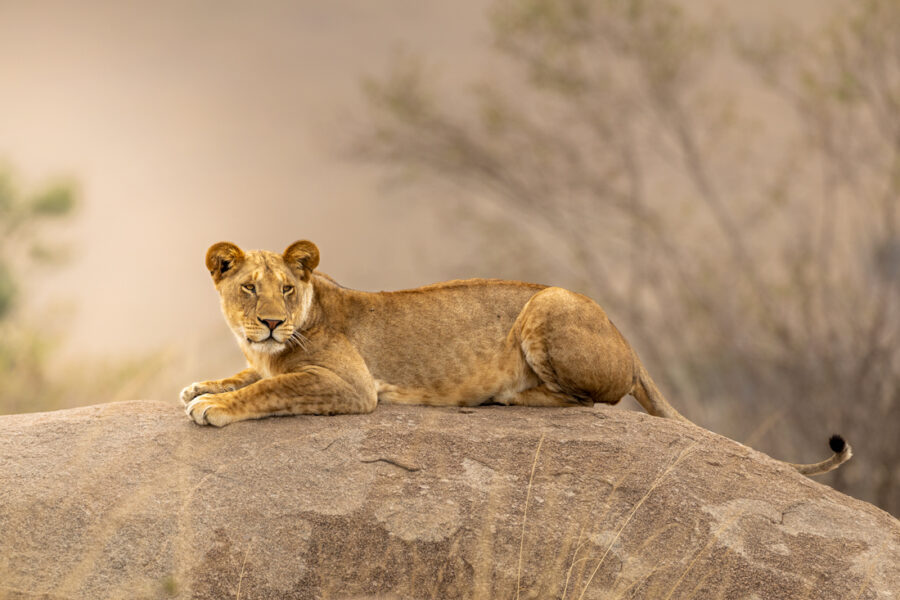
One of the worst feelings in the world as a photographer is getting so excited to photograph an animal that when you review your images, they are all a touch blurry. Technology can fix noisy or incorrectly exposed images, but nothing will bring back a blurry photo. Depending on your camera and lens, my first recommendation is to photograph in shutter speed priority until you are confident in going full manual. Set the shutter speed to 1/1000 of a second, or in bright light, even go as fast as 1/2000 of a second. By doing so, you are sure to get your images sharp by freezing the motion of your moving target. Let the camera pick the aperture and ISO for now.
If you are more advanced in your camera skills, shoot in manual. Learn the sweet spot of your lens sharpness. Lenses have an f-stop where they function at their sharpest. Most but not all, fall somewhere between f/8 and f/11. Think about what is most important to you during this shoot. Sharpness, for me, is always number one. Then, I adjust my settings to convey the overall feel I am aiming for. For more information on designing your shot, check out my article on wildlife photography.
Practice Ethics While Photographing Lions
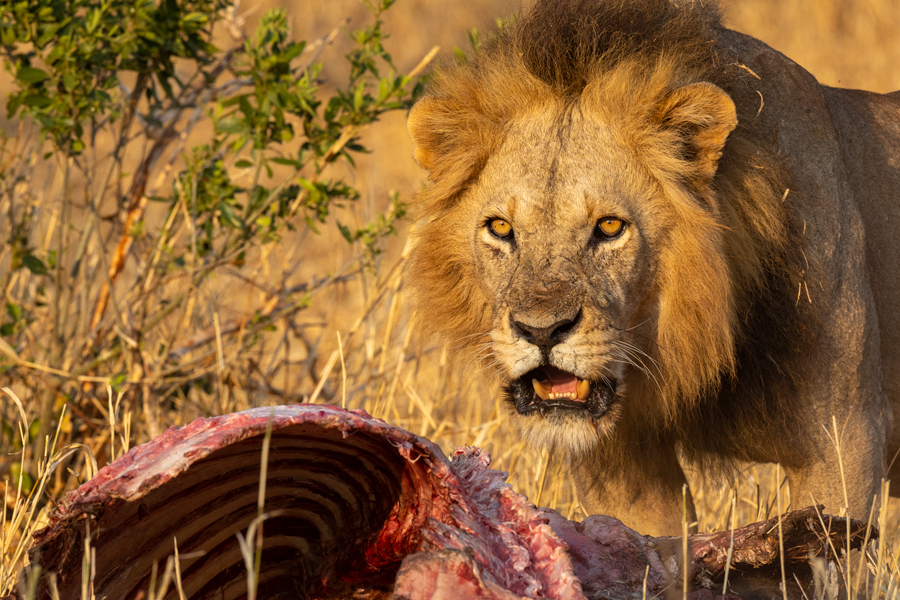
The number one thing you have to remember when photographing wild animals (including lions) is you are only an observer. As a new member of the North American Nature Photography Association Ethics Committee, I can not stress the importance of ethics in wildlife photography enough. We all love animals, or you probably would not be reading this article.
They must be able to live without humans altering their behavior. Our actions can sometimes have unforeseen consequences. For example, imagine if you are near a pride of lions feeding, and you harass them into looking your way for a photograph of them looking into your camera. The lions could abandon the kill, leaving valuable nutrients on the table they could need for survival. Wild animals worldwide have enough to worry about. They don’t need photographers harassing them. As of the most recent estimates there are only 20,000 – 25,000 lions left in the wild.
What It Is Like To Photograph Wild Lions
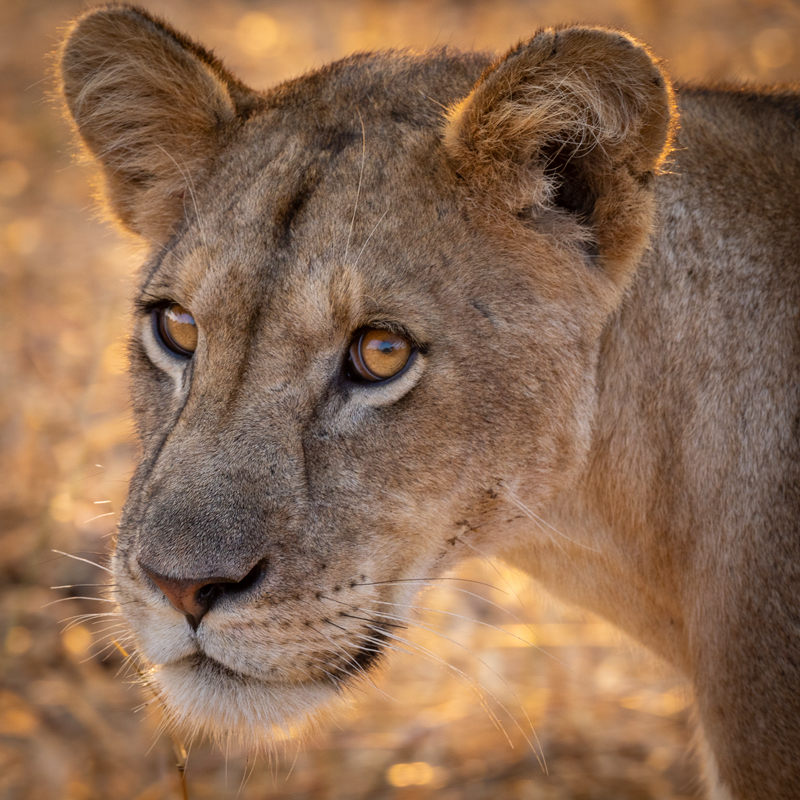
The morning started as many on safari do, with a full breakfast after an abbreviated sleep. Sometimes, the mind just won’t shut down after seeing all the incredible encounters from the day. We packed up our safari jeep, hitting the road at first light. The air is cool and crisp during the dry season. The usual suspects (Zebra, Wildebeest, Antelope, and Elephants) were out grazing already. Having seen many of them the day before, we were looking for signs of the big cats.
In the distant trees, gatherings of vultures silhouetted the horizontal branches. Our guide had a feeling something was going on. There were more vultures than usual, a tell-tale sign of a kill. We changed our course and headed in that direction. The light was getting good, and with any luck, we’d find a pride of lions feasting in the soft morning light.
When we found the pride, it was in a forest clearing, feasting on the remains of a Cape Buffalo they had managed to take down probably overnight or the evening before. Two adult males, three adult females, and five juveniles were taking turns filling their stomachs for breakfast. The lioness shown appears to be pregnant. She was off from the rest of the group under the trees, enjoying a quiet time while entertained by the gathering of vultures overhead.
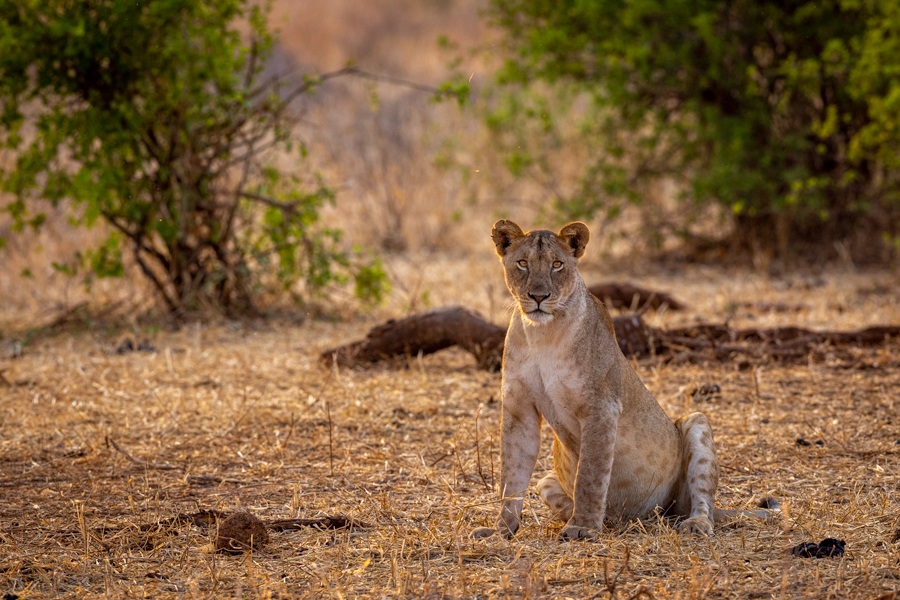
We sat quietly in the jeep, observing the pride growling and roaring over position at the buffalo. A large male circled the jeep, placing himself between the pride and us, strategically showing us who was in charge.
Behind us, a pair of jackals and a large vulture scraped for position once the pride abandoned the kill. At this point, I already had several great shots to add to my collection, so I began to play with the light and composition. Doing so, I looked for back-lit portraits of lions using the light to outline their faces.
One of my favorite fellow photographers Paul Nicklen Photography describes this process as the 20/60/20 principle. Spend 20% of your time at a location getting something useful. 60% looking for interesting, unique images. 20% going outside the box and throwing up a photographic “hail-mary” to potentially strike gold.
I sat in that last 20% for a few moments, searching for abstracts and close-ups. As with any encounter, you need to know when to say goodbye and give the animals their space. We all gave each other that look of holy#$%@ how amazing. A few high-fives, then continued towards our next adventure.
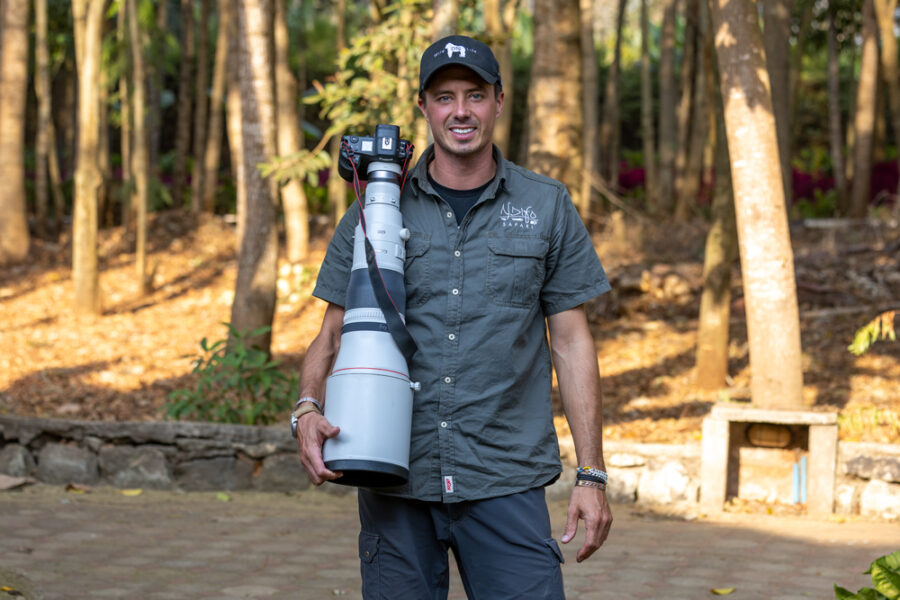
For more information on any of the images or fine art prints in this article or how to fine-tune your nature photography skills, please check out more of our articles. If you have enjoyed the photography inside the article, please visit our gallery for more information and a wider selection of luxury fine art photography from around the world. It is my absolute pleasure to share my intimate knowledge of wildlife photography with audiences around the world. All my fine art images of wildlife in Africa are sold to help support wildlife veterinarian Dr. Gabby Wild and her organization’s fight to protect these beautiful wild animals.
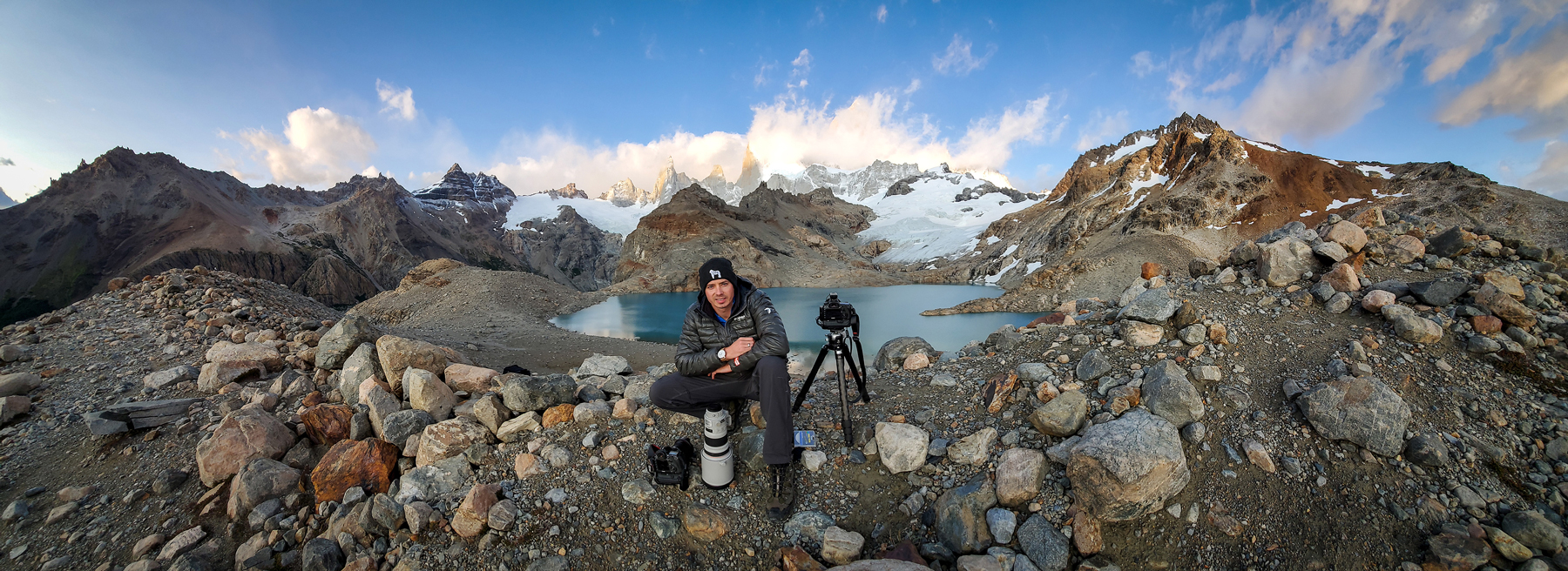
Hello! I'm Derek.
DEREK NIELSEN PHOTOGRAPHY RAISES AWARENESS ABOUT THE GLOBAL NEED FOR CONSERVATION THROUGH PHOTOGRAPHY AND DONATES UP TO 15% OF ALL SALES BACK TO ENVIRONMENTAL ORGANIZATIONS AROUND THE WORLD.
